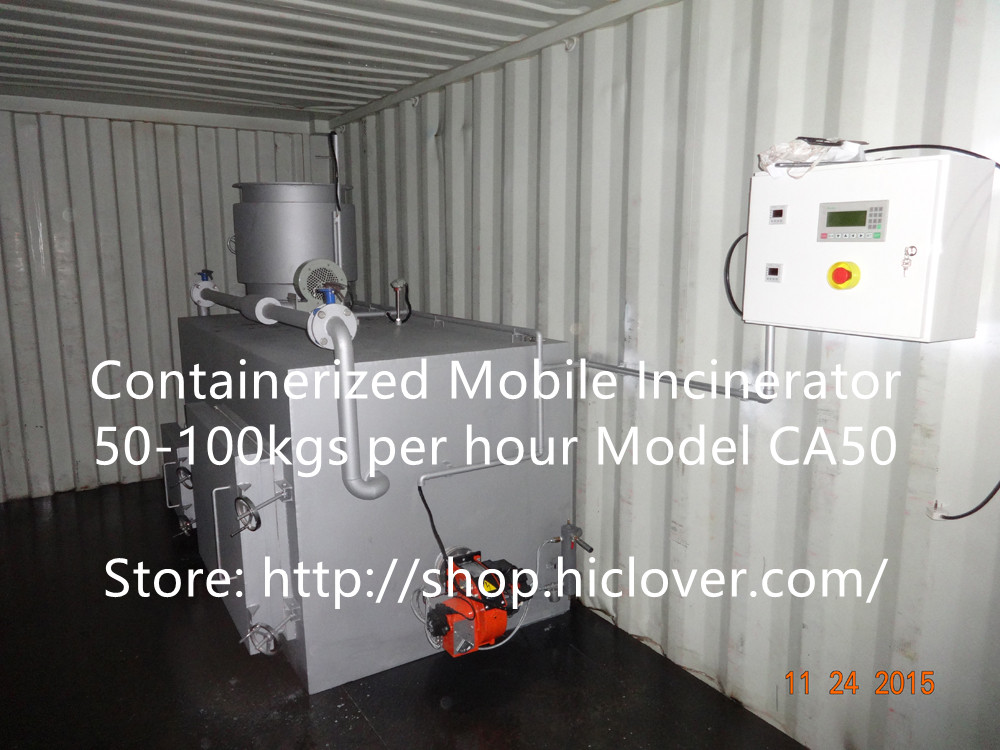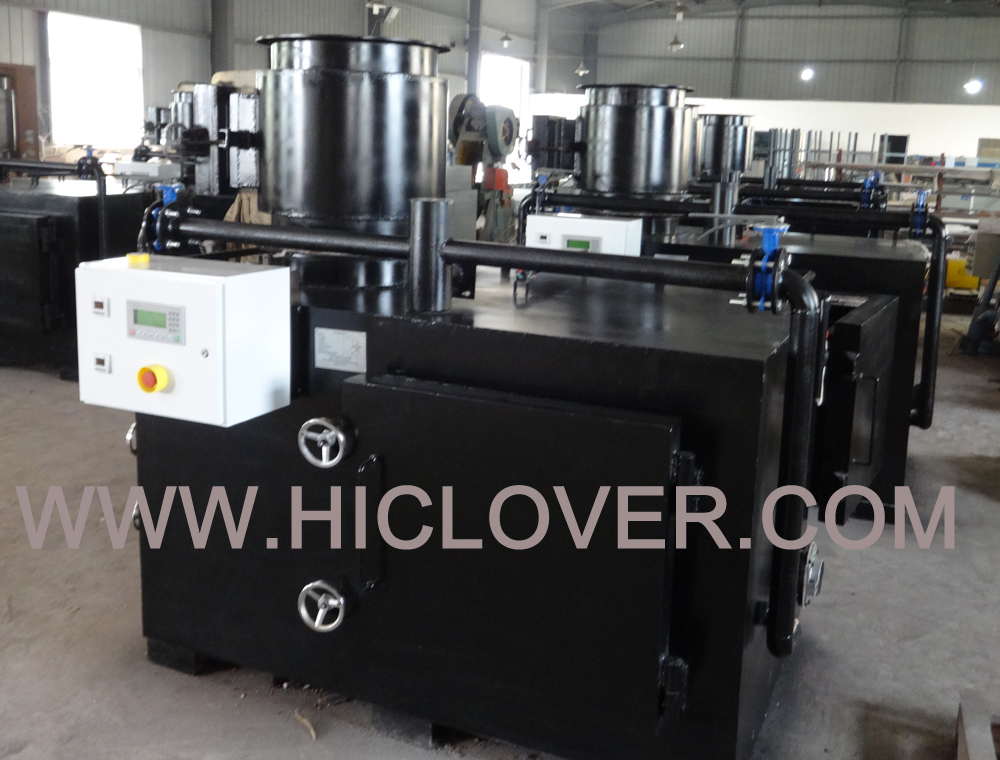Chemical incinerators are an important component of many industrial processes, as they are used to safely and effectively dispose of hazardous waste materials. These incinerators work by burning waste materials at high temperatures, which not only reduces the volume of the waste but also destroys harmful chemicals and pollutants.
Examining the efficiency and effectiveness of chemical incinerators is crucial in ensuring that they are operating as intended and are effectively managing hazardous waste. There are several key factors to consider when evaluating the performance of these incinerators.
First and foremost, the efficiency of a chemical incinerator refers to its ability to effectively and fully combust the waste materials. This includes factors such as the temperature of the incinerator, the residence time of the waste within the incinerator, and the airflow and mixing of the combustion gases. An efficient incinerator should be able to achieve complete combustion of the waste, resulting in minimal emissions of pollutants and residues.
Another important aspect to examine is the effectiveness of a chemical incinerator in destroying harmful chemicals and pollutants. This can be measured by analyzing the emissions and residues produced by the incinerator. Ideally, an effective incinerator should be able to reduce the concentration of harmful chemicals and pollutants to levels that are within regulatory limits.
Furthermore, the overall environmental impact of a chemical incinerator should be considered. This includes evaluating the emissions of greenhouse gases, particulate matter, and other pollutants. Additionally, the potential for releasing toxic substances into the surrounding environment should be carefully assessed.
It is also important to assess the operational and maintenance practices of chemical incinerators, as these can greatly impact their efficiency and effectiveness. Regular inspections, testing, and maintenance of incinerators are essential to ensure that they are operating at optimal performance and minimizing the potential for leaks or malfunctions.
In recent years, there has been a growing emphasis on the use of more advanced and environmentally friendly technologies in chemical incineration. High-efficiency combustion technologies, such as thermal oxidizers and scrubbers, are being increasingly utilized to enhance the performance of incinerators and reduce their environmental impact.
In conclusion, examining the efficiency and effectiveness of chemical incinerators is essential in ensuring that they are operating in compliance with regulations and effectively managing hazardous waste. By evaluating factors such as combustion efficiency, pollutant destruction, environmental impact, and operational practices, industry professionals can make informed decisions about the performance of chemical incinerators and identify opportunities for improvement. Implementing advanced technologies and best practices can help to further enhance the performance and sustainability of chemical incinerators.



